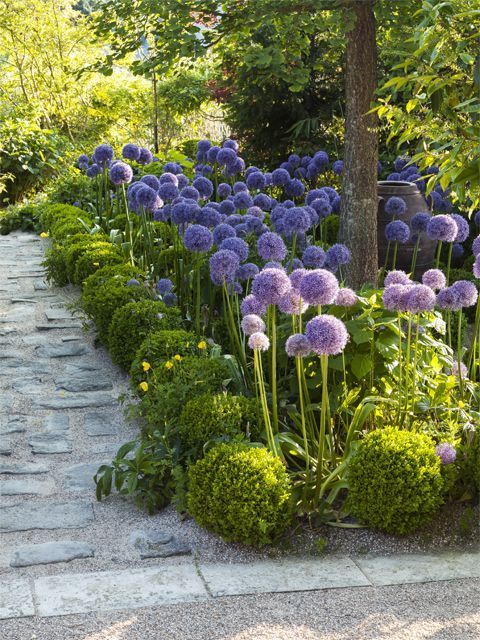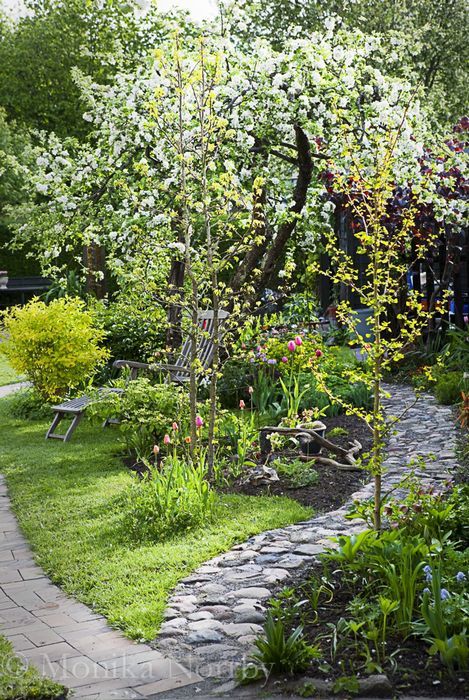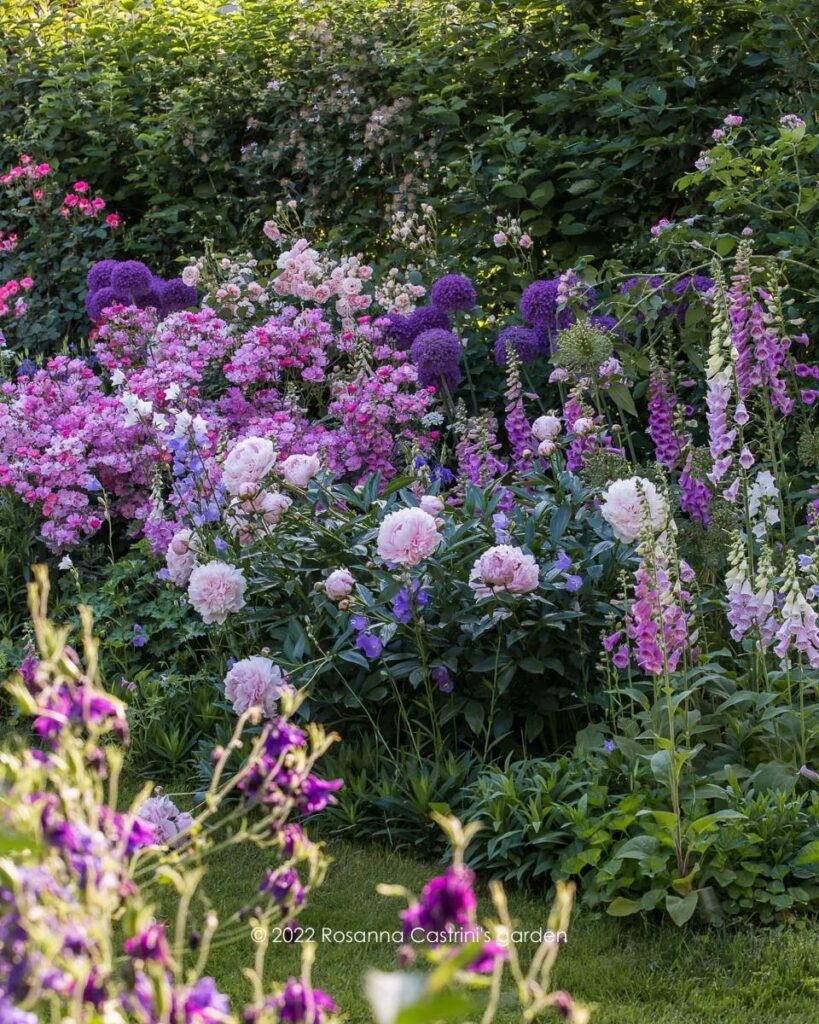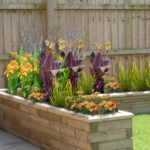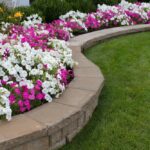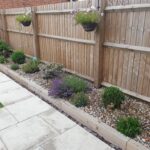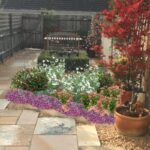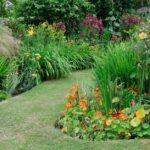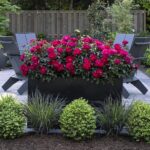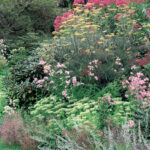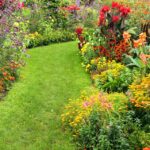Garden design borders are an essential element in creating a visually appealing and well-organized outdoor space. Borders can help define the boundaries of different garden areas, add structure and formality to the landscape, and create a sense of balance and harmony in the overall design.
When planning your garden borders, it’s important to consider the style and theme of your garden. For a formal garden, straight lines and geometric shapes can help create a crisp and orderly look, while in a more informal or naturalistic garden, curved borders and flowing lines can soften the design and create a more relaxed atmosphere.
There are endless possibilities when it comes to choosing materials for garden borders. Popular options include brick, stone, wood, metal, and even plants themselves. Each material has its own unique look and feel, so it’s important to choose a material that complements the overall style of your garden.
In addition to materials, plants can also play a key role in garden borders. Planting a row of low-growing shrubs or perennials along a border can help define the space and create a sense of unity in the garden. Consider using plants with contrasting foliage colors or textures to add interest and diversity to the border.
To create a cohesive and well-designed border, it’s essential to consider factors such as scale, proportion, and repetition. Make sure that the size of the border is appropriate for the size of your garden, and that the proportions of the border elements are balanced and harmonious. Using repetition of plants or materials can help create a sense of continuity and flow throughout the garden.
Ultimately, garden borders are a versatile design element that can be customized to suit your personal style and preferences. Whether you prefer a formal and structured look or a more relaxed and informal feel, there are endless possibilities for creating beautiful and functional garden borders that enhance the overall beauty and enjoyment of your outdoor space.
